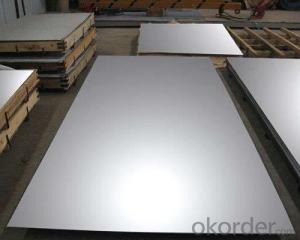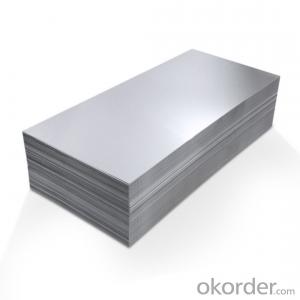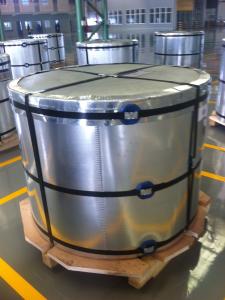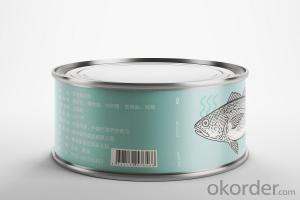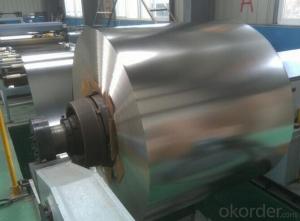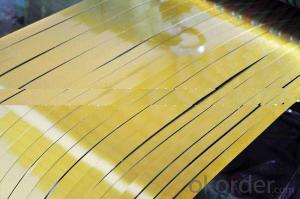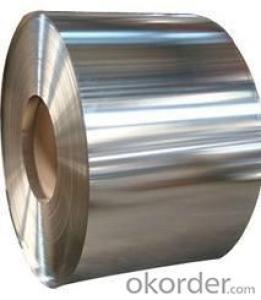CHAPA DE FLANDRES COM A MELHOR QUALIDADE E SERVIÇO
- Loading Port:
- China main port
- Payment Terms:
- TT OR LC
- Min Order Qty:
- 25 m.t.
- Supply Capability:
- 500000 m.t./month
OKorder Service Pledge
OKorder Financial Service
You Might Also Like
Item specifice
Descrição do Produto:
1. Estrutura de chapas de estanho eletrolíticas de alta qualidade para descrição do recipiente de embalagem de metal
A folha-de-flandres eletrolítica é uma folha de aço fina revestida por estanho. Ele tem um brilho metálico extremamente bonito, bem como excelentes propriedades de resistência à corrosão, capacidade de soldagem e capacidade de soldagem.
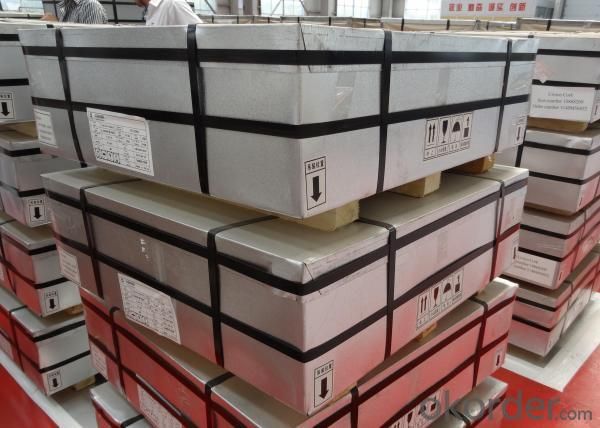
2. Principais características das placas de estanho eletrolíticas de alta qualidade para recipientes de embalagem de metal
A folha de flandres eletrolítica sem dúvida tem o lugar de honra como meio de embalagem especialmente para alimentos. Deve sua posição única à sua "estrutura em sanduíche de nove camadas", cada uma das quais contribui para sua eminência como material de embalagem. A base de aço da folha-de-flandres eletrolítica fornece a resistência e conformabilidade necessárias para a fabricação de latas. A camada de liga de estanho-ferro fornece a ligação entre o aço e a camada de estanho livre. A camada livre de estanho não é apenas responsável pelo atraente acabamento brilhante e facilidade de soldagem, mas também não é tóxica - um fator de vital importância nas embalagens de alimentos!
A folha de flandres também é amplamente utilizada para fazer todos os tipos de recipientes, como latas de alimentos, latas de bebidas e latas artísticas, latas de chá, latas de pintura, latas de embalagens de produtos químicos e latas de embalagens de alimentos secos, impressão de metal, etc. Suas aplicações não se limitam a recipientes; recentemente, a folha-de-flandres eletrolítica também tem sido usada para fazer peças de máquinas elétricas e mu itos outros produtos.
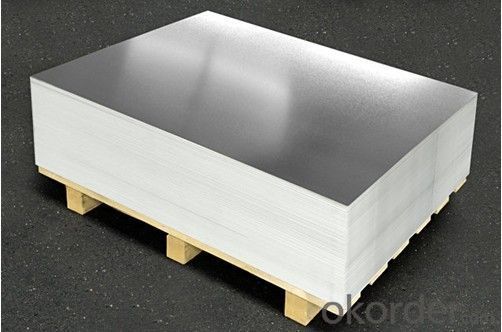
3.Especificações de chapa de flandres
Quantidade de pedido mínimo: 25 MT
Porto de carregamento: Porto principal da China
Capacidade anual: 400.000 MT
Condições de pagamento: TT ou LC
Padrão | ISO 11949-1995, GB/T2520-2000, JIS G3303, ASTM A623, BS EN 10202 |
Material | MR, SPCC |
Espessura | 0.15mm - 0.50mm |
Largura | 600mm - 1150mm |
Têmpera | T1-T5 |
Recozimento | BA & CA |
Diâmetro interno da bobina | 508mm |
Peso | Peso 6-10 toneladas / bobina 1 ~ 1,7 toneladas / pacote de folhas |
Passivação | 311 |
Óleo | DOS |
Acabamento de superfície | brilhante, pedra, fosco, prata |
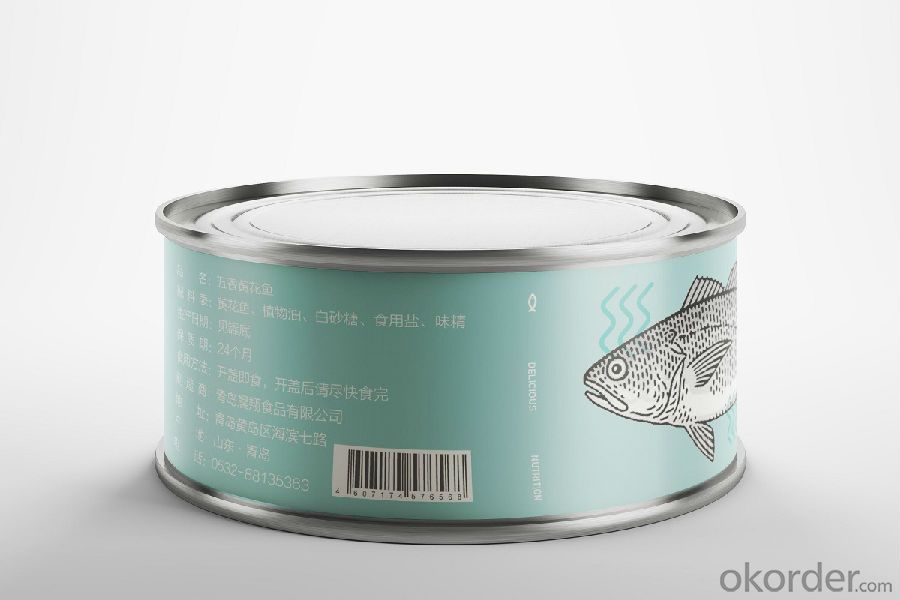
4. Apresentação de CNBM
Cooperação do Grupo Nacional de Materiais de Construção da China, como empresa estatal líder com 3 bilhões de dólares e 40.000 funcionários na China, a CNBM foi criada em 1984 sob a administração da comissão estatal de Supervisão e Administração de Ativos do Conselho de Estado, a revista Fortune estabeleceu a classificação Fortune Global 500 em seu site,
Existem mais de 300 fábricas e empresas vizinhas em nosso grupo; 2 empresas púbcas listadas em Hong Kong,11 empresas de capital aberto nas quais a CNBM possui um percentual significativo de ações.
O escopo de negócios da CNBM abrange desde a fabricação e vendas de materiais de construção até a pesquisa científica e design, engenharia, importação e comércio de exportação.
5. Introdução à Fábrica CNBM
Como um dos maiores fornecedores da indústria de folha-de-flandres, oferece aos clientes folha-de-flandres de primeira qualidade tanto em bobinas como em folhas. Com várias fábricas e produção totalmente integrada, a capacidade anual de folha-de-flandres é de 400.000 ,MT. Para garantir a alta qualidade da folha de flandres, a CNBM possui uma série completa de equipamentos. -
Máquinas de laminação reversa a frio: 14 conjuntos
- Laminadoras contínuas: 2 conjuntos - Fornos BA: 50
- linha CA: 1
- Linha de produção de folha de flandres: 2
- Folha de flandres reduzida SA & DA:
Disponível A CNBM também produz outros produtos de aço, como aço laminado a frio, aço estanhado,acço cromado por imersão a quente, aço com revestimento colorido e bobinas e folhas de aço sem estanho.
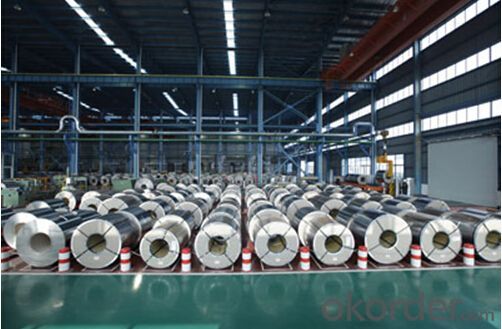
- Q:What are the main applications of tinplate in the beverage industry?
- Tinplate is widely used in the beverage industry for packaging purposes. It is primarily utilized for manufacturing cans and lids, ensuring the preservation and freshness of various beverages such as carbonated drinks, beer, fruit juices, and canned foods. Tinplate's ability to provide a protective barrier against moisture, light, and air, along with its exceptional resistance to corrosion, makes it an ideal choice for maintaining the quality and shelf life of beverages. Additionally, tinplate cans are lightweight, easy to stack and transport, and can be printed with attractive designs, making them popular for marketing and branding purposes in the beverage industry.
- Q:How does tinplate contribute to the aesthetics of furniture?
- Tinplate contributes to the aesthetics of furniture by adding a unique and eye-catching element to its design. With its shiny and reflective surface, tinplate can create a modern and sophisticated look. It can be used for various decorative purposes, such as accents, inlays, or even as a complete surface finish, enhancing the overall visual appeal of furniture. Additionally, tinplate is versatile and can be easily shaped or embossed, allowing for intricate and detailed designs, further enhancing the aesthetics of furniture pieces.
- Q:What are the common forms of corrosion that affect tinplate?
- Tinplate commonly experiences three forms of corrosion: uniform corrosion, pitting corrosion, and tin whisker growth. Uniform corrosion occurs evenly across the surface, leading to a thinning of the tin coating. Pitting corrosion, on the other hand, creates localized holes or pits, compromising the integrity of the tinplate. Lastly, tin whisker growth involves the formation of tiny, crystalline structures that can lead to short-circuits or other electrical issues.
- Q:What are the different ways to store tinplate containers?
- There are various ways to store tinplate containers, including stacking them on shelves or in cabinets, using storage bins or containers, hanging them on hooks or pegboards, or placing them in specially designed storage racks or trolleys.
- Q:How does tinplate packaging handle exposure to moisture?
- Tinplate packaging is highly resistant to moisture as it is coated with tin, which creates a barrier and prevents the metal from coming into contact with water. This protective layer ensures that the packaging remains intact and prevents any corrosion or damage from moisture exposure.
- Q:How does tinplate contribute to the overall convenience of packaging?
- Tinplate contributes to the overall convenience of packaging due to its durability, versatility, and ability to preserve the quality and freshness of products. It provides a protective barrier against moisture, light, and oxygen, which helps extend the shelf life of food and beverages. Additionally, tinplate is lightweight, stackable, and easy to handle, making it suitable for transportation and storage. Its smooth surface allows for easy printing, enabling clear labeling and branding. Overall, tinplate packaging enhances convenience by ensuring the integrity and convenience of various products.
- Q:What are the advantages of using tinplate for toys and games?
- One advantage of using tinplate for toys and games is its durability. Tinplate is a strong material that can withstand rough play and handling, making it ideal for toys that may be subjected to frequent use and potential impacts. Additionally, tinplate is resistant to corrosion, ensuring that the toys and games made from this material will last longer and maintain their quality. Furthermore, tinplate can be easily shaped and molded into various designs, allowing for the creation of intricate and detailed toys and games. Overall, the use of tinplate in the manufacturing of toys and games offers advantages in terms of durability, longevity, and design flexibility.
- Q:How does tinplate packaging contribute to product durability?
- Tinplate packaging contributes to product durability by providing a strong and protective barrier against moisture, air, and external elements. The tin coating on the steel substrate helps prevent rusting and corrosion, ensuring the product remains intact and free from damage. Additionally, the sturdy nature of tinplate packaging offers resistance against impact, enhancing the overall durability of the product during transportation and storage.
- Q:How does tinplate affect the overall cost of packaging production?
- Tinplate can significantly affect the overall cost of packaging production. It is a relatively expensive material compared to other packaging options such as cardboard or plastic. The cost of tinplate itself, combined with the additional processes required for its production, can contribute to higher manufacturing costs. However, tinplate offers several advantages such as durability, tamper resistance, and enhanced product protection, which can justify its higher cost for certain products. Additionally, the aesthetic appeal and potential for branding on tinplate packaging can also contribute to increased sales and consumer perception, potentially offsetting the higher production costs. Ultimately, the impact of tinplate on overall packaging cost will depend on the specific requirements, target market, and budget considerations of the product being packaged.
- Q:How is tinplate coated for beverage cans?
- Tinplate is coated for beverage cans through a process called electrolytic tinplating. In this process, a thin layer of tin is electroplated onto the surface of the steel sheet. The steel sheet is first cleaned and then passed through an electrolyte solution containing tin salts. An electric current is then applied, causing tin ions to be reduced and deposited onto the steel surface, forming a protective and corrosion-resistant tin coating. This tin coating ensures that the beverage cans remain safe and free from any metallic taste.
1. Manufacturer Overview |
|
|---|---|
| Location | |
| Year Established | |
| Annual Output Value | |
| Main Markets | |
| Company Certifications | |
2. Manufacturer Certificates |
|
|---|---|
| a) Certification Name | |
| Range | |
| Reference | |
| Validity Period | |
3. Manufacturer Capability |
|
|---|---|
| a)Trade Capacity | |
| Nearest Port | |
| Export Percentage | |
| No.of Employees in Trade Department | |
| Language Spoken: | |
| b)Factory Information | |
| Factory Size: | |
| No. of Production Lines | |
| Contract Manufacturing | |
| Product Price Range | |
Send your message to us
CHAPA DE FLANDRES COM A MELHOR QUALIDADE E SERVIÇO
- Loading Port:
- China main port
- Payment Terms:
- TT OR LC
- Min Order Qty:
- 25 m.t.
- Supply Capability:
- 500000 m.t./month
OKorder Service Pledge
OKorder Financial Service
Similar products
New products
Hot products
Hot Searches
Related keywords
